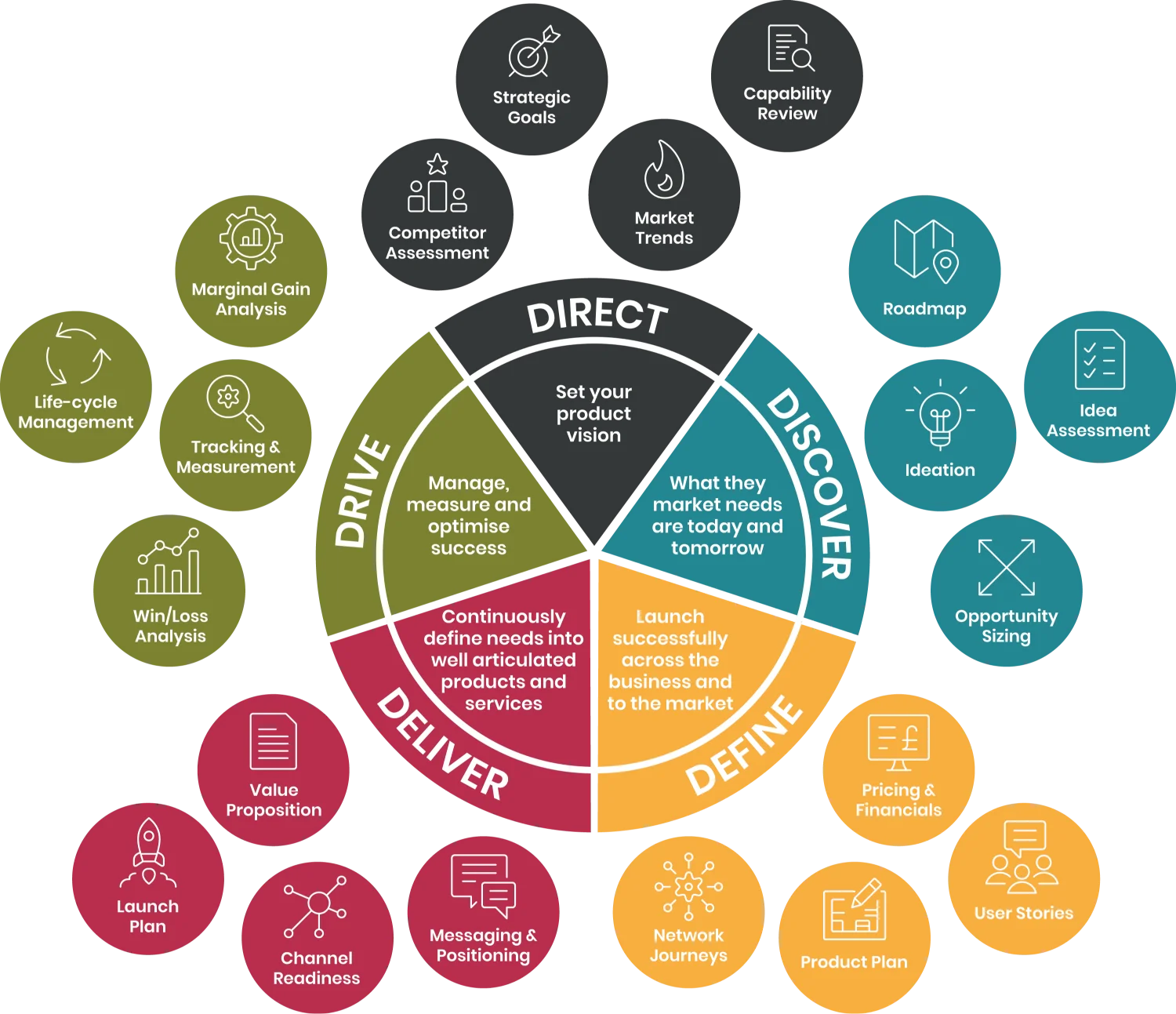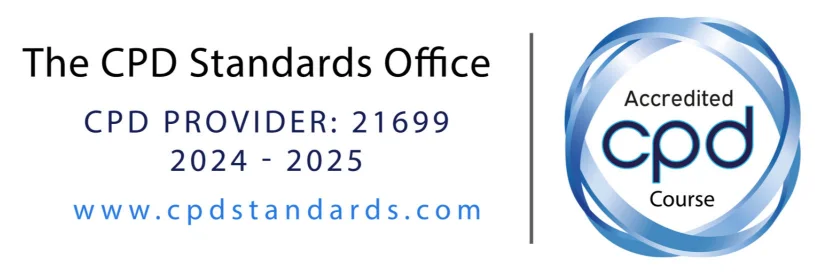Tarigo for
Product Managers
Take your products
(and your career)
to the next level

Your path to Product Success: The Tarigo 5D Product Excellence Framework

Great products are built by great product managers, who understand their customers’ needs and how to effectively translate the solution to customer pain into winning products. That’s why we focus on helping product managers become more effective by training individuals and whole teams using an AI supported approach towards product management excellence.
The Tarigo Product Management Bootcamp will level-up your product management skills. You’ll learn to use our 5D Product Excellence Framework that spans the lifecycle of a product and is flexible enough to suit any business in any sector.
The Tarigo 5Ds: Direct | Discover | Define | Deliver | Drive
Within each of those 5D’s is a set of competencies, tasks, skills, and activities that fulfil the product management role – all supported by our unique AI optimised tools and templates, provided FREE to all those attending Tarigo training.

Stories of Success

Pro-Series: Deep Dive Learning
Focussed flexibility for compete control
The Tarigo Pro-Series for is about focus. Deep dive learning with a modular approach which allows product managers to address their learning demands with targeted training.
Completed in 2-hour live sessions, this offers flexibility to study the right topics at the right time.

Why choose Tarigo to build your product skills?
The time you spend training needs to deliver results. With precious time away from customers, and training budgets under pressure it is not something you can leave to chance.
Tarigo’s approach to training ensures product managers are ready to deliver improved results and bottom-line performance straightaway.
Here’s how we do it (and why we are different!)
Product Training with
AI built in…
..not bolted on.
AI integrated into all training
Tailored Solutions
Tools that work
Product training for
the real world…
..not the ideal world
Online or On Premises
Accredited Training
Theory that works in practice
Passionate product
people…
..not just product trainers
Experienced Trainers
Real World Examples
Modular Approach
Accredited product management training
Our product management courses are accredited by the CPD Standards Office. This means that not only does our training provide certified and recognised training and development, but you can also be certain that you are receiving only the best training in your area. All our training materials go through a scrutinous independent evaluation process that ensures you get the best quality and that we can deliver training to everyone.






